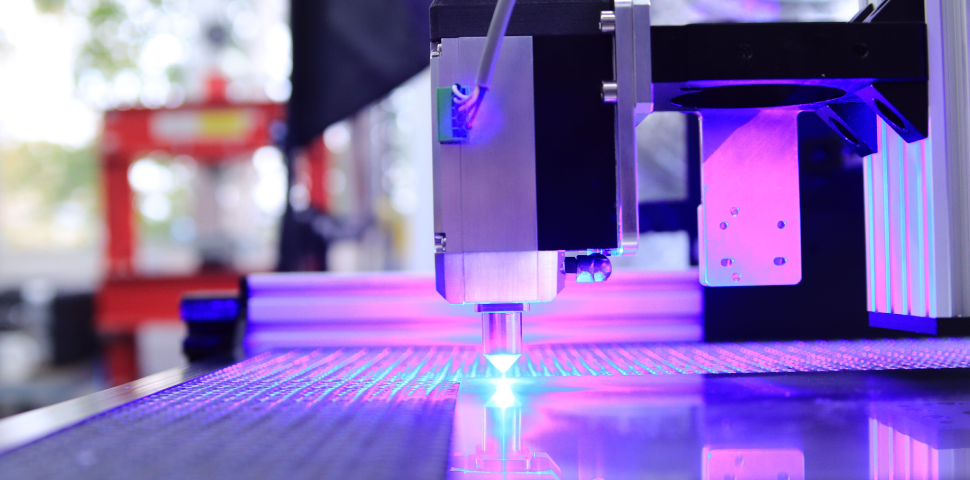What is laser?

Laser: Harnessing the Power of Light
In today's technologically advanced world, lasers have become an integral part of numerous industries and applications, revolutionizing the way we work, communicate, and explore. From scientific research to medicine, telecommunications to manufacturing, lasers have proven to be invaluable tools. So, what exactly is a laser, and how does it work?
The term "laser" stands for "Light Amplification by Stimulated Emission of Radiation." At its core, a laser is a device that emits a focused and coherent beam of light. Unlike ordinary light sources, such as lamps or the sun, laser light is highly concentrated, monochromatic, and travels in phase.
The fundamental principle behind laser operation lies in the process of optical amplification. Lasers consist of several key components, including an active medium, a pumping mechanism, and an optical resonator. The active medium is usually made of solid, liquid, or gaseous materials, capable of emitting light when stimulated.
To initiate the laser process, the active medium must be energized. This can be achieved through various means, such as electrical discharges, flash lamps, or even another laser beam. The energy input excites the atoms or molecules within the active medium, causing them to transition to higher energy states.
When these excited atoms or molecules return to their lower energy states, they release photons—particles of light. However, what sets lasers apart is the phenomenon of stimulated emission. During stimulated emission, photons released by one excited atom or molecule stimulate other nearby excited atoms or molecules to emit additional photons. This creates a cascade effect, with an ever-increasing number of photons being emitted in a coherent manner.
To harness and amplify this coherent light, lasers employ an optical resonator. The optical resonator consists of two mirrors—one fully reflective and the other partially reflective—positioned at either end of the active medium. The fully reflective mirror reflects all the emitted photons back into the medium, while the partially reflective mirror allows a portion of the photons to escape.
The photons undergo multiple passes through the active medium, bouncing back and forth between the mirrors. During each pass, more photons are emitted and stimulated emission occurs, resulting in a significant amplification of light intensity. This amplification process is the key to generating a powerful and focused laser beam.
The laser beam, now intense and coherent, exits the laser cavity through the partially reflective mirror. The properties of the laser beam, such as its wavelength and spatial coherence, are determined by the specific characteristics of the active medium and the resonator design.
The applications of lasers are vast and diverse. In scientific research, lasers are used in fields such as spectroscopy, microscopy, and particle acceleration. Lasers play a crucial role in medicine, enabling precise surgical procedures, eye treatments, and cosmetic therapies. They have revolutionized telecommunications, facilitating high-speed data transmission through fiber-optic networks.
In industrial settings, lasers are employed for cutting, welding, drilling, and engraving materials with exceptional precision and speed. They find application in barcode scanners, laser printers, and 3D printing, revolutionizing the manufacturing and prototyping processes. Additionally, lasers are utilized in entertainment, creating stunning laser light shows and holographic displays.
While lasers have brought about remarkable advancements, it is important to note that safety precautions are crucial when working with them. Direct exposure to laser beams can be harmful to the eyes and skin, and appropriate protective measures should always be taken.
In conclusion, lasers have revolutionized various fields by harnessing the power of light. Through the process of optical amplification and the creation of coherent and intense laser beams, these devices have transformed scientific research, medicine, communications, and manufacturing. As technology continues to advance, lasers will undoubtedly continue to play a pivotal role, pushing the boundaries of what

